Victory Mail
Keeping Loved Ones Connected During WWII
In this modern day of instant connectivity via email, text, twitter, Tik Tok, Facebook, Facetime, etc. it is hard to envision what it would have been like to wait weeks, even months, to hear from your loved ones or to receive news from back home.

WWII had many challenges, keeping positive morale among the troops was paramount. Communication between loved ones and those fighting to protect us often provided them with the fortitude to persevere though the horrors of war. One can imagine that men and women overseas would anxiously stand in line to hear their names called out – that a letter had arrived for them – a bit of home on a small slip of paper.

“The Post Office, War and Navy departments realize fully that frequent and rapid communication with parents, associates and other loved ones strengthens fortitude, enlivens patriotism, makes loneliness endurable and inspires to even greater devotion the men and women who are carrying on our fight far from home and from friends.”
Postmaster General 1942 Annual Report
Risk of Waylaid Mail
However, receiving mail was not easy. Transferring vital information was risky. In some instances, messages – if delivered to the wrong hands – incited wars.
In November of 1940, Churchill’s British War Cabinet’s Planning Division, entrusted 6 officers aboard the SS Automedon, a passenger and cargo steamer, with a small green bag marked “Highly Confidential.” This bag was purposely punctured with holes and weighted. In the event the ship was under attack, the officers were to toss the sack into the water, confident it would quickly sink.
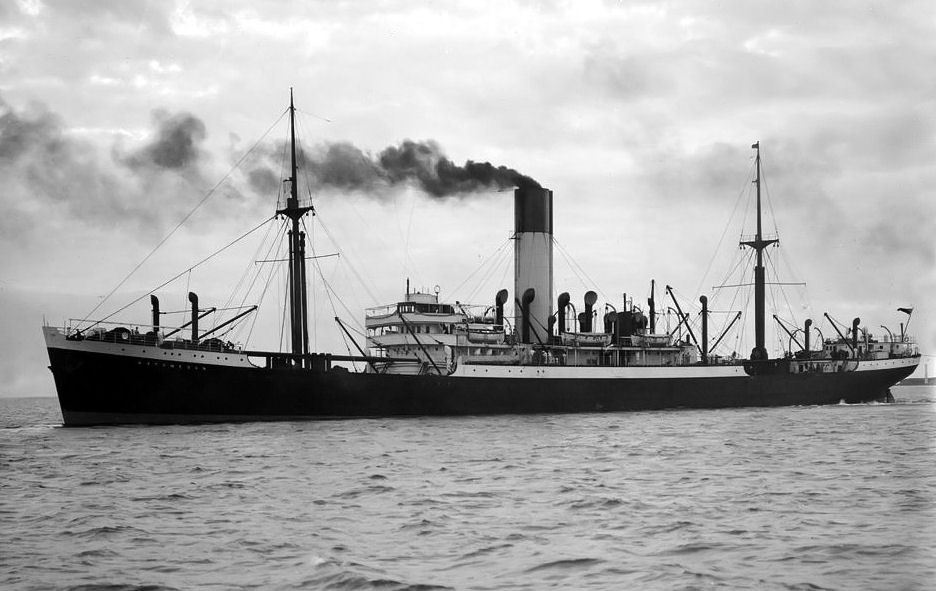
Unfortunately, when the German Auxiliary Cruiser, Atlantis, a merchant raider, spotted the Automedon off Sumatra on November 11th of that year, the German captain raised his colors and opened fire. All six British officers were killed on the first strike before they could fulfill their orders to destroy the top secret information. The 28 pages prepared by MI6, along with Naval Intelligence reports, Fleet orders, decoding tables and other sensitive information, was recovered by the Germans who promptly gave a copy of these reports to their Axis ally, the Japanese.
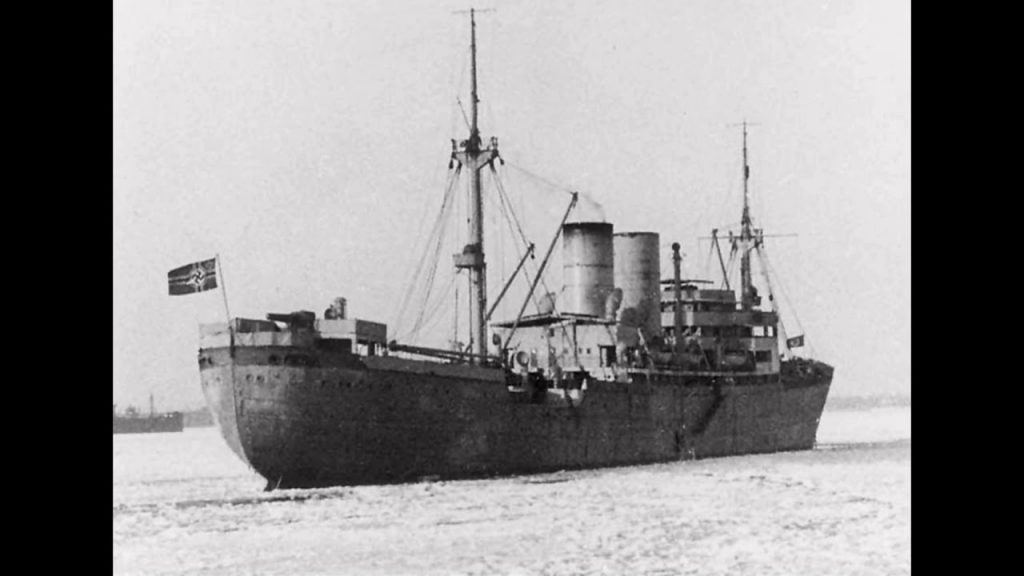
England was not aware the documents had fallen into the enemy hands until March 1, 1941, almost four months later, an astonishing amount of time during any war.
Some say the discovery of this intelligence, which claimed Britain could not afford to continue a large presence in the South Pacific, provided Admiral Yamamoto, commander-in-chief of the Japanese Combined Fleet, the vital information needed to help make the decision to enter the Second World War with the United States and bomb Pearl Harbor.
In the ever changing tide of war there were many incidents when mail or transmissions were uncovered by the opposing side.
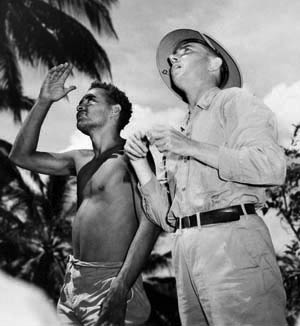
The Australian Coastwatchers positioned throughout New Guinea and the Solomon Islands during the WWII, were a band of brave men who constantly observed the waterways and skies for the enemy. They not only reported movement and helped rescue Allies, but also recovered a tin filled with pages listing the names of all the Japanese naval officers and where they were stationed. This important information was delivered to the US and Allies at a very crucial point in the war in the Pacific.
V Mail to the Rescue

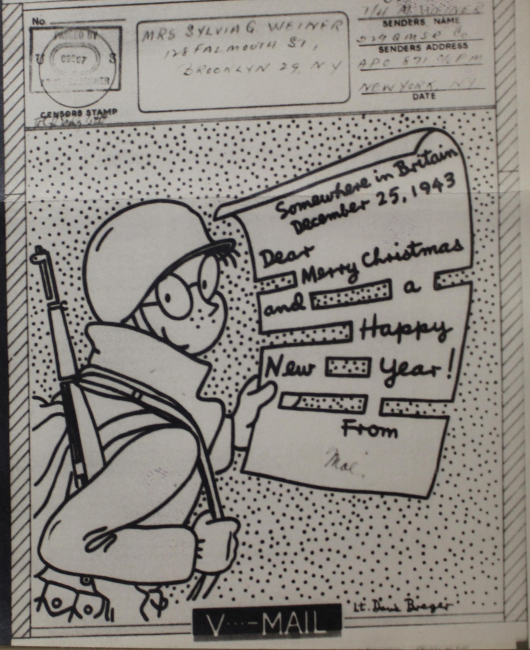
For WWII US soldiers, rules were established for letter writing. When penning words to send home, servicemen could not divulge their whereabouts or movement. All letters were read and censored. Handwritten good tiding from the front often arrived with holes in the pages where the censor considered the information too descriptive if read by a spy. Also, the amount of mail filling cargo ships took up far too much space, precious space better used for ammunitions, food, or medical supplies, etc.
America quickly undertook the solution, one that Britain had been employing for years. Microphotography, microfilming, dated back to 1850 when used primarily by banks and businesses. Photographing the message then sending the film to be processed, printed, and delivered, dated back to the Franco-Prussian War when the primitive microfilm was transported by carrier pigeon.
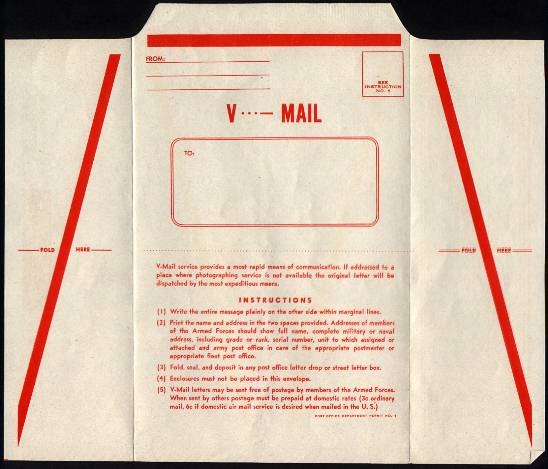


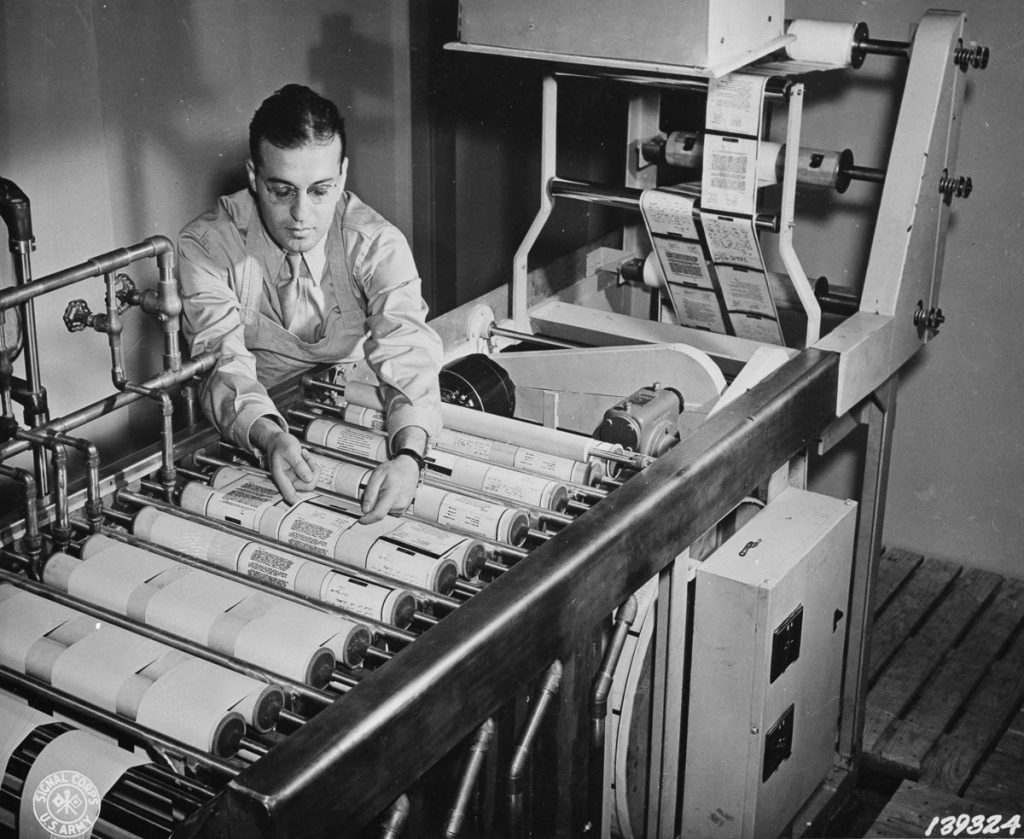
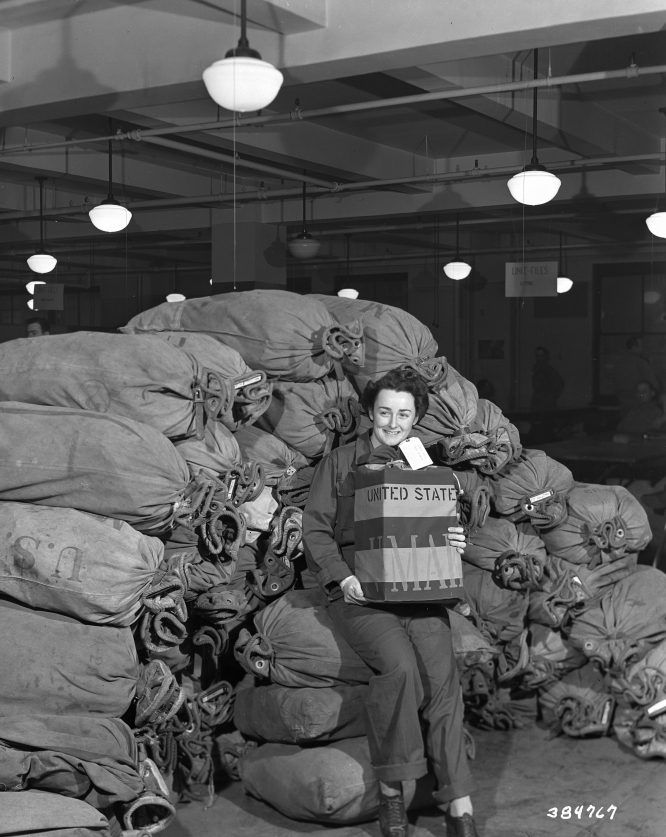
V Mail was adopted and encouraged in May of 1942 when the US entered into a contract with Kodak. Instructed to use dark ink, you wrote on a purchased, V Mail sheet which would be photographed then the film shipped overseas. This method also prevented espionage tactics such as invisible ink to be utilized. Over 1 billion V Mail letters were processed between June of 1942 and November of 1945. This space saving venture meant that about 37 mailbags were reduced to one bag, as 1,600 letters could fit on a single 100-foot roll of 16mm film.

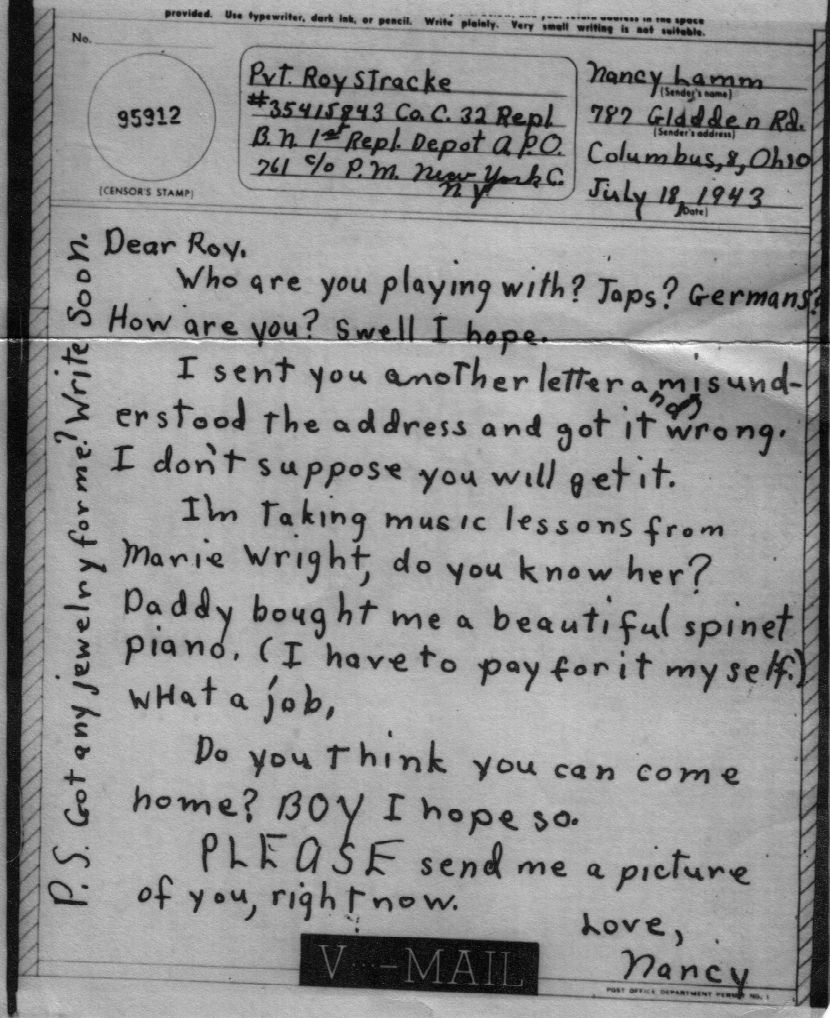
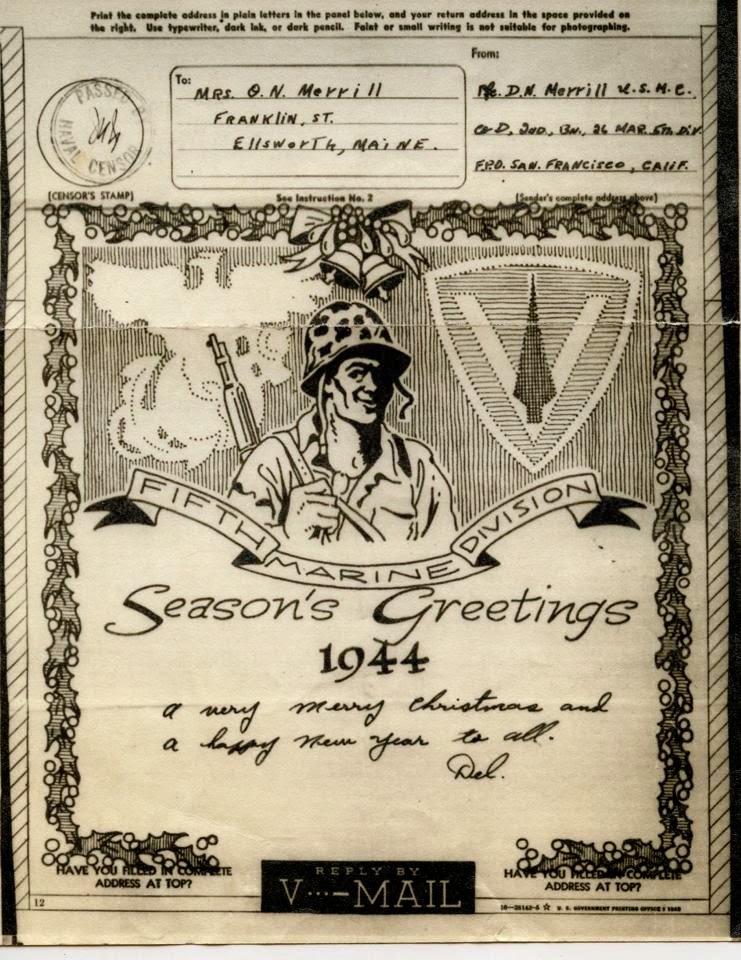
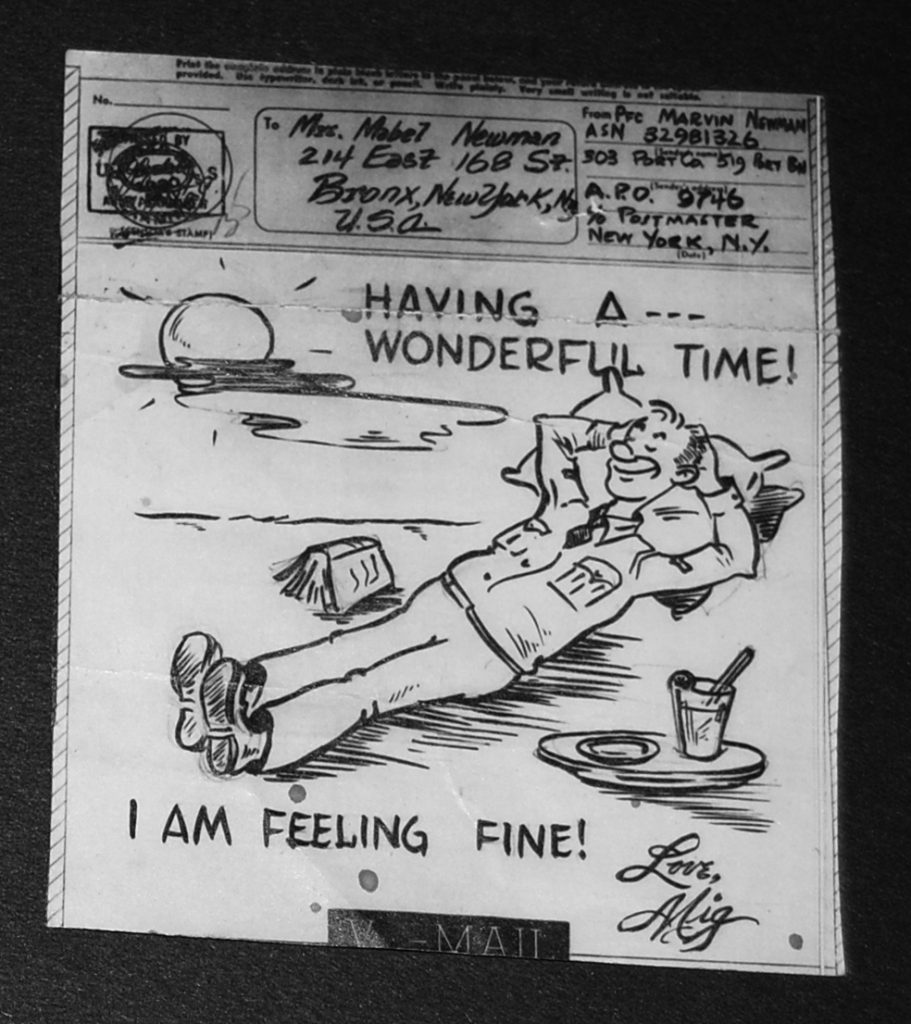

Sealed with a Kiss
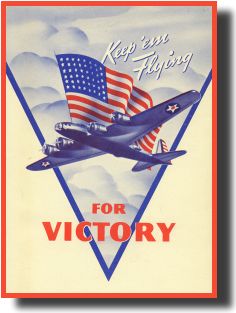
The drawback, of course, was the one page of the V Mail did not allow for long exchanges. Also, and to some more importantly, you could not use lip stick on the V Mail to “seal it with a kiss.” That distinguishable mark of color on the envelope, an imprint of love and promise boosting moral and encouraging the men in fox holes, would gum up the printing press and was not allowed.
On this Valentines Day, when communicating in real time exchanges with friends and family, think of those who served and continue to do so. Consider sending a letter to a soldier overseas to thank them for their service.
Link to Doing Good Together’s Write Letters to a Soldier project page
https://www.doinggoodtogether.org/bhf/write-letters-to-a-soldier.

And remember how fortunate we are to be free to seal our letters with a kiss.
P.S.
The WWII letters my father, First Lieutenant Joseph Frisino, sent to my mother while in the Signal Corps, first from Alaska while building the Alcan Highway and then from the jungles of Burma when defending the Burma Road, are priceless.
